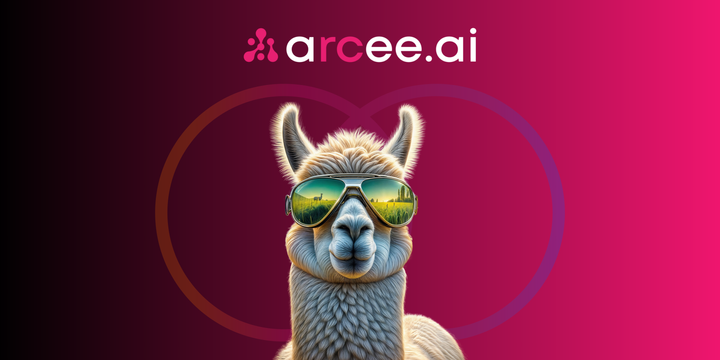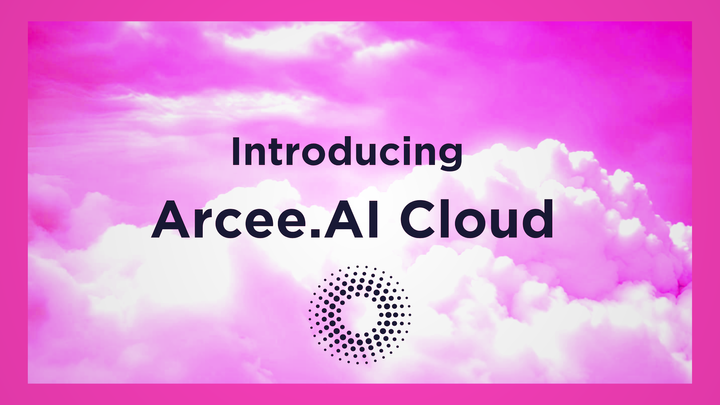The Pros and Cons of Rag Systems and Fine-tuning in Natural Language Processing

Introduction:
Natural Language Processing has seen remarkable advancements in recent years, enabling machines to comprehend and generate human language effectively. Two popular approaches used in NLP are RAG (Retrieval-Augmented Generation) systems and fine-tuning. In this blog post, we will delve into the strengths and weaknesses of both approaches to gain a better understanding of their practical implications in NLP tasks.
RAG Systems:
RAG systems are a novel approach that combines retrieval and generation techniques to improve language understanding and generation. The RAG model utilizes a pre-trained language model like GPT4 and integrates it with a retriever component or model, allowing it to access external knowledge sources for context adaption. This method brings several advantages:
Pros:
- Rich Contextual Information: RAG systems can access vast amounts of external knowledge, enhancing language generation with real-world facts and context.
- Better Out-of-Distribution Performance: By retrieving information from external sources, RAG systems can handle out-of-distribution queries more effectively than traditional fine-tuned models.
- Reduced Training Data Dependency: Since RAG models rely on pre-trained language models, they require less fine-tuning data, which can be resource-intensive to obtain.
Cons:
- Complexity: Implementing RAG systems involves managing both the generation model and retriever component, which can be more complex than standard fine-tuning approaches.
- Limited Creativity: RAG systems might be constrained by the retrieved information, limiting their creativity compared to fully generative models.
Fine-tuning:
Fine-tuning is a common technique in NLP that takes a pre-trained language model and adapts it to a specific task using task-specific data. This approach has been successful in various NLP applications and has its own set of benefits and challenges:
Pros:
- Task-Specific Performance: Fine-tuning allows models to be specialized for specific tasks, leading to improved performance on those tasks.
- Flexibility and Creativity: Fine-tuned models are inherently more creative, as they learn from specific training data and can generate unique responses.
- Simplified Implementation: Fine-tuning typically involves fewer moving parts, making it easier to integrate into existing systems.
Cons:
- Extensive Training Data: Fine-tuning requires substantial amounts of task-specific data, which might not always be available, especially for specialized domains.
- Catastrophic Forgetting: Fine-tuned models may forget some aspects of their pre-trained knowledge as they adapt to the new task, potentially leading to reduced generalization on other tasks.
The choice is typically RAG systems vs fine-tuning, which depends on the specific requirements of the NLP task at hand - but it doesn’t always have to be. What if you can utilize fine-tuning in a RAG system?
This quest for more refined and contextually aware language models has led to Arcee’s development of the Domain Adapted Language Model System (DALM). Through DALM, we are utilizing the best of both worlds.
DALM uses RAG as its framework for contextual awareness, but also leans on finetuning of both the retriever model and the generator model to attain complete domain adaptation.
DALM promises to reshape how enterprises harness the power of language models tailored to their specific domains.


